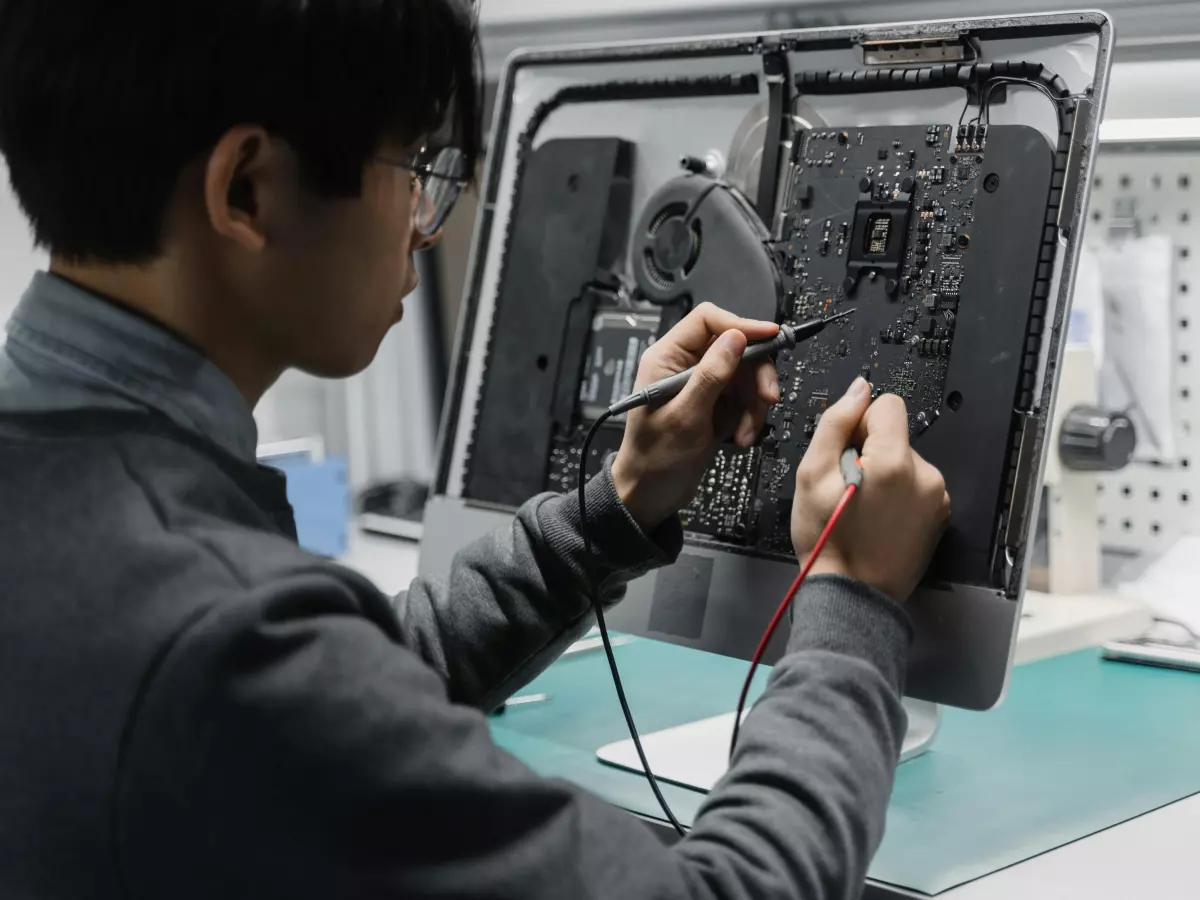L3 Cache Power
You’ve probably heard about your CPU’s clock speed, core count, and even its thermal design power (TDP). But what if I told you that one of the most critical components of your PC’s performance is something you likely never think about? Enter the L3 cache—a tiny, hidden powerhouse that can make or break your system’s efficiency.

By Nina Schmidt
In the world of computing, we often focus on the big, flashy numbers: GHz, GB, and teraflops. But there’s a quiet, unsung hero inside your CPU that plays a massive role in how well your PC performs: the L3 cache. While it doesn’t get the same attention as clock speed or core count, the L3 cache is a crucial part of your CPU’s architecture, and its size can have a surprisingly large impact on your system’s overall performance.
So, what exactly is this mysterious L3 cache, and why should you care about it? Well, let’s break it down. The L3 cache is a chunk of memory built directly into your CPU, designed to store frequently accessed data and instructions. It’s the largest and slowest of the three levels of cache (L1, L2, and L3), but don’t let that fool you—its size and efficiency can significantly affect how fast your PC runs, especially when multitasking or running resource-heavy applications like video editing software or AAA games.
Why L3 Cache Size Matters
Here’s the thing: your CPU is constantly juggling data. It needs to fetch instructions from your RAM, process them, and then store the results. The faster it can do this, the better your PC performs. But RAM, despite being much faster than traditional storage like SSDs or HDDs, is still relatively slow compared to the speed at which your CPU operates. This is where the cache comes in.
The L3 cache acts as a middleman between your CPU and your RAM. It stores frequently used data closer to the CPU, allowing it to access that information much faster than if it had to retrieve it from RAM every time. The larger the L3 cache, the more data it can store, which means your CPU spends less time waiting for data and more time doing what it does best: crunching numbers.
In other words, a larger L3 cache can help reduce latency and improve your system’s overall responsiveness, particularly in tasks that involve a lot of data processing, like gaming, 3D rendering, or running virtual machines. It’s like having a bigger toolbox—you can keep more tools (data) within arm’s reach, so you don’t have to keep running back to the shed (RAM) every time you need something.
Multitasking Master
If you’re the type of person who likes to have 20 browser tabs open while streaming music, editing a video, and running a game in the background, then you’ll definitely want to pay attention to your L3 cache size. Multitasking is where the L3 cache really shines. The more applications you have running simultaneously, the more data your CPU needs to keep track of. A larger L3 cache allows your CPU to store more of that data closer to home, reducing the time it takes to switch between tasks and making your system feel snappier overall.
Think of it like this: imagine you’re working on a project that requires you to constantly switch between different tools. If all your tools are laid out on the table in front of you (L3 cache), you can switch between them quickly and efficiently. But if you have to keep getting up and walking across the room to grab a tool from the shelf (RAM), it’s going to slow you down. The same principle applies to your CPU and its cache.
Gaming and L3 Cache
Gamers, listen up! The L3 cache can have a significant impact on your gaming experience, particularly in CPU-bound games or games that involve a lot of AI processing, like strategy games or open-world RPGs. In these types of games, your CPU is constantly processing large amounts of data, from AI behavior to physics calculations. A larger L3 cache allows your CPU to store more of that data close by, reducing the time it takes to access it and resulting in smoother gameplay.
While upgrading your GPU or adding more RAM can certainly improve your gaming performance, don’t underestimate the importance of your CPU’s L3 cache. In some cases, a CPU with a larger L3 cache can outperform a CPU with a higher clock speed but a smaller cache, particularly in games that rely heavily on CPU performance.
How Much L3 Cache Do You Need?
So, how much L3 cache is enough? Well, it depends on what you’re using your PC for. If you’re just browsing the web, checking emails, and watching YouTube videos, you probably won’t notice much of a difference between a CPU with 8MB of L3 cache and one with 16MB. But if you’re a power user—someone who regularly edits videos, runs virtual machines, or plays resource-intensive games—then a larger L3 cache can make a noticeable difference in your system’s performance.
For most gamers and content creators, a CPU with at least 16MB of L3 cache is a good starting point. If you’re building a high-end workstation or gaming rig, you might want to look for a CPU with 32MB or even 64MB of L3 cache, depending on your budget and performance needs.
Final Thoughts
At the end of the day, the L3 cache is one of those components that doesn’t get a lot of attention, but it plays a crucial role in your PC’s overall performance. Whether you’re a gamer, a content creator, or just someone who likes to have a million tabs open at once, a larger L3 cache can help your system run smoother and more efficiently.
So, the next time you’re shopping for a new CPU, don’t just focus on clock speed and core count. Take a closer look at the L3 cache size—it might just be the key to unlocking your PC’s full potential.
And if you’re still not convinced, here’s a little anecdote to chew on: I once upgraded from a CPU with 8MB of L3 cache to one with 32MB, and the difference was night and day. My video editing software ran smoother, my games loaded faster, and even my everyday tasks felt snappier. It’s one of those upgrades you don’t realize you need until you experience it for yourself.





